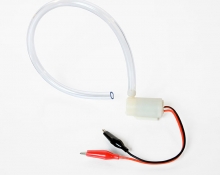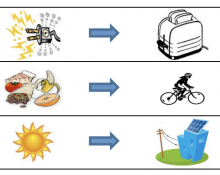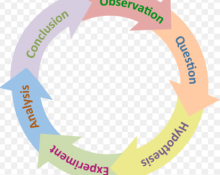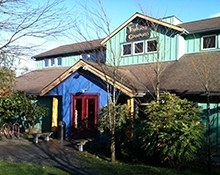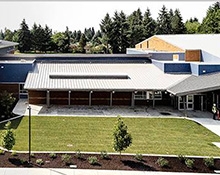Designing a Faster Water Pump
Students will be able to use available tools to design and test a solar water pump, refine their design, test and finally evaluate their efforts. Through this process students will understand and gain experience with the engineering design process.
Students use all their prior knowledge to design and construct a water pump that can pump 1 cup of water the fastest. View full description >>

